Nature’s Colours
Learning how to use the plentiful natural materials surrounding us to add colour and patterns to our lives.
We have an abundance of natural plant-based materials that can create beautiful dyes and pattern fabrics with tendrils of greenery or vibrant florals. Liz Spencer, The Dogwood Dyer, shows us how to use daily food scraps to create beautiful dye patterns. We also speak with Louise Sommerlatte, founder of Hamaji, about her intimate process with creating naturally-dyed hand-loom garments with Kenyan craftspeople. Louise and Hamaji will be part of our first ever The Book of Kin showcase at Berlin Fashion Week on 3 July 2024. Hopefully, there will be more to come in the next years, but make sure to join us if you are in town and meet Louise and the other designers in person! You can RSVP via this link, and find more information on the event by scrolling down.
In this month’s One Piece, Three Ways styling column, we asked Kristina Hellhake, director of Berlin-based boutique communication agency @compose__pr to style her favourite item for us. Kristina specialises on working with mindful brands. She has been holding our hand in the last weeks and helped us prepare our first Berlin Fashion Week event with ease, kindness and generosity. Her style reflects her personality so well, it’s a beautifully balanced mix of gentle and strong, professional and playful. You can follow her style musings in her weekly, very-fun-to-read Substack, Things I didn’t buy this week.
Four Questions with Louise Sommerlatte, Founder of Hamaji
– Going Deeper with The Book of Kin Creators:
Louise’s early years were spent in Nairobi, growing up on the Athi River plains and amidst the Chyulu hills. Her father, a dedicated conservationist, and her mother, a skilled botanist, nurtured her adventurous spirit throughout her childhood. It was during this time that she developed a deep love for nomadic craftsmanship and environmentally inspired design.
Hamaji was born in Kenya in 2017. Coming from an entrepreneurial family, Louise studied fashion design in Cape Town. After choosing to pursue her final project full time as a business, she is now a one woman show, running the brand, designing and directing the creative vision.
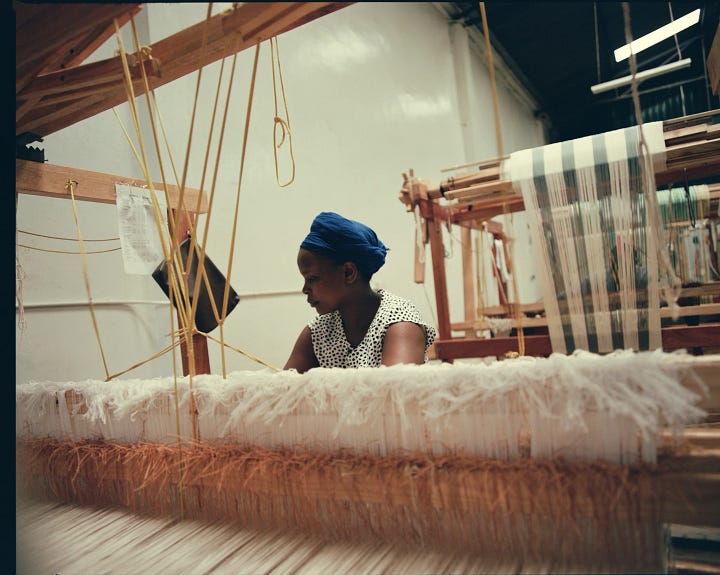
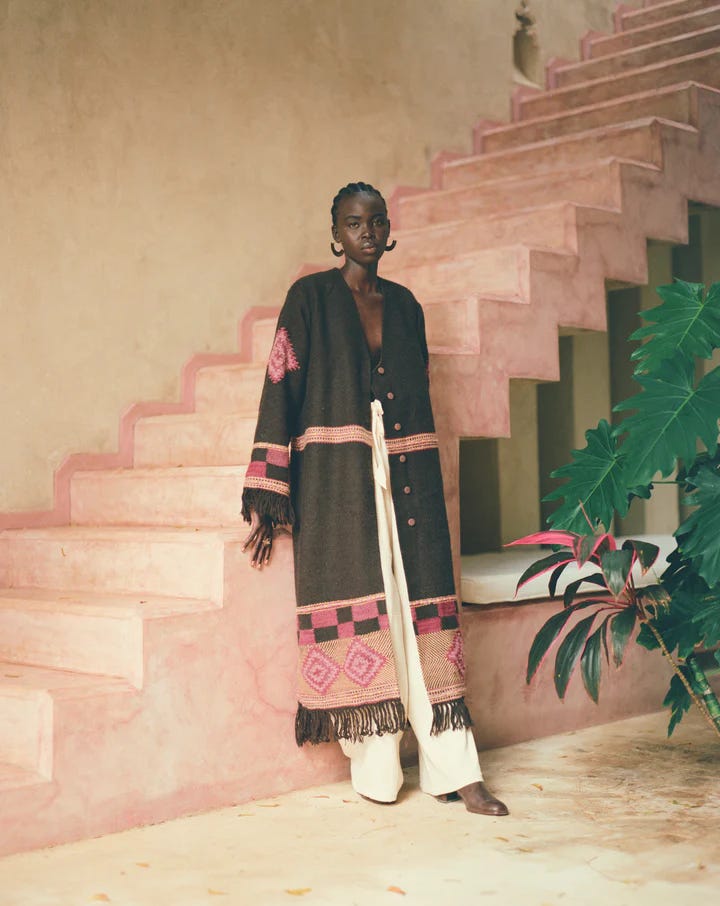
Many brands have a defining moment or story behind their name. What’s the story behind your brand’s name, and how does it connect to your ethos?
Louise: An African designer collection, slowly made in rural Kenya, Hamaji is a contemporary slow fashion brand that brings the unique experinces and iconography of Kenya and greater East Africa to life. Our name is a Swahili term that translates to nomad, a tribute to Kenya’s migrant cultures. Our collections are anchored in respect and admiration for the natural world and a desire to encourage the wider embrace of conscious consumerism.
We are inspired by the nomadic charm of East Africa, embodying a free-spirited expression of femininity in pastel hues, free – flowing silhouettes and a balance of easy elegance and delight. Loved for our exquisite craftsmanship, Hamaji is a truly inspired representation of Kenya’s beauty and lifestyle. Our focus on handcraft makes this brand a true expression of its origin. Every design is thoughtfully realised with a tradtional approach to process. As the designer, I draft each original pattern in our small studio in Kilifi, nestled under an aged fig tree in a community of creators. Materials are sourced sustainably; primarily organic, vintage or otherwise recycled textiles from quilted curtains to embroidered silks. A nationwide network of local tailors then takes over, carefully stitching our woven creations together.
The Book of Kin highlights craftsmanship. What can you tell us about the artisans or craftspeople involved in creating your products? How do they contribute to the brand’s identity?
Louise: At Hamaji, we work with a global network of artisans who are an integral part of our brand identity. We work with remote communities and individual artisans in Kenya and India, mostly women with skills that have been passed down from generations and are part of their culture and heritage. We choose to nuture these crafts through our design ethos and try to maintain and uplift these communites giving them alternative sources of income and empowerment. Most of our garments tell a story of the artisans we colloabrate with. In the Himalays, we work with a womens collective who hand spin, hand weave and naturally dye our Kullu coats.
On the foot hills of Mt. Kenya, we work with two women who used to knit for my grandmother 30 years ago. These very women are the ones who now knit our heirloom knitted sets. Most of our fabrics at Hamaji are hand-woven on a loom at a local factory in Nairobi, making each garment unique to the brand. Most of our artisans are women working in remote areas of the world with skills that have been passed down from generations and are part of their culture and hertiage – at Hamaji, we choose to nuture these crafts through our design ethos nad try to maintain and uplift these communites giving them alternative sources of income and empowerment
Let’s talk about the materials you use. Can you share your philosophy on sourcing materials and how they impact the final product?
Louise: I think the materials are such an important part of design, if not the most important part of the whole process, and the one that brings me the most joy and inspiration on this journey. At Hamaji, we believe in weaving our own unique textiles for the majority of our designs, therefor taking us right to the source. Our silks come from a small village in West Bengal, steeped in the tradition of silk weaving. All their silk is harvested holistically, coining the name “peace silk,” and every yarn is hand spun, hand sorted, dyed and hand loomed so every aspect of this supply chain is traceable and sustainable. Our cottons are made in a similar way where the yarn is hand spun, and then later loomed, giving us the freedom and variety to loom our own motifs, designs and colours. Making each Hamaji piece a unique representation of the brand through the fabrics we source and our own print designs.
Looking ahead, how do you envision the evolution of your craft and your place in the broader creative landscape?
Louise: Staying true to your values and approach to design is so important in this fast-paced life. I think its important to nurture the slowness and hand crafted aspect as we grow as a brand in the hope to influence consumers mindsets and shopping behaviour in favour of the greater good of the planet, its people, culture and traditions.
“We contribute to positive change in our work at Hamaji by nurturing traditional craft worldwide and supporting small scale artisans in rural communities who otherwise wouldn’t have many feasible options to income. We value our planet and want to be able to be creative within it by not effecting it negatively. Therefore, we try to be as transparent and circular in our entire design process from materials, to dyeing, up-cycling and production.”
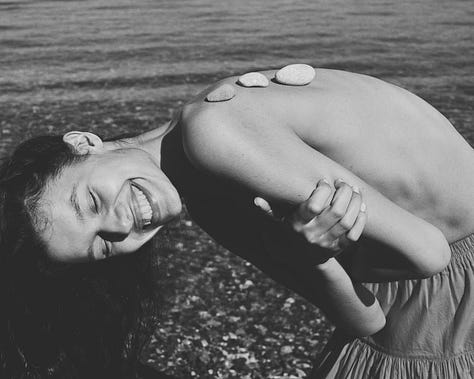
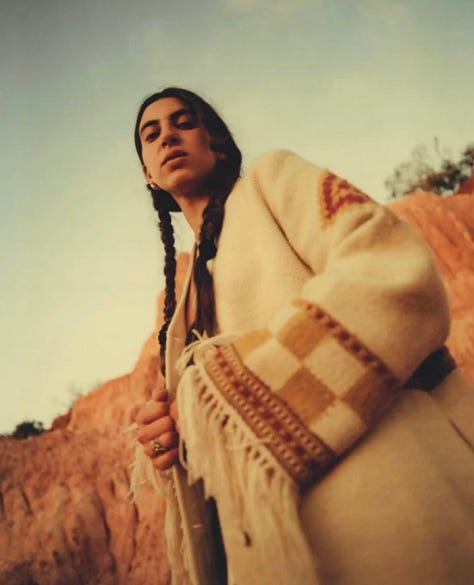
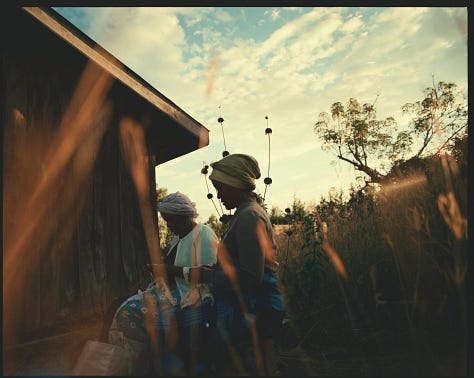
Hamaji / @hamaji_studio
United States
Founding Year: 2017
www.hamajistudio.com
One Piece, Three Ways
The trend cycle pushes us to buy a piece, wear it once, and forget about it. Let’s craft an alternative mode of relating to clothing, shaped by intentionality, care, and creativity. We’re asking: how can one piece be re-invented over and over again, through seasons, gender expressions, moods, and energy levels?
To participate, pick a piece you love and share its story with us (email us via mail@thelissome.com), then create three different stylings of your choosing. Document each outfit with 1-3 photos, and tell us how you styled it.
Second-hand Nike low-cut parachute trousers
What: Vintage/second-hand Nike low-cut parachute trousers
Who: Kristina Hellhake @compose__pr
Where: Berlin, Germany
The Piece: I found the trousers at Boxi flea market three years ago and just rediscovered them in my closet. For some reason, they had caught my eye, although I first thought they were too athleisure for me. Now I’m so happy I got them!
Look 1:
While zooming around London on our recent trip to see family, attend some weddings, and open an art show, these trousers have been gold. I find them very versatile and love how they range between sporty with fun details and somewhat elegant because of their slim fit. Here, I paired them with my favourite simple T-shirt from the Dutch brand CAES. They kindly gave it to me as a gift two years ago, and it hasn’t lost any of its quality or softness. The grey men’s blazer must be my favourite flea market find ever (besides the trousers). I got it for 5 Euros at Maybachufer and get asked about it often. I used to work with Jérome Studio, a brand for incredibly beautiful leather accessories. For my birthday three years ago, the designer sent me this stunning baguette bag, the „Narrow,“ and she never fails to complete an outfit. On my feet are my beloved Vagabond mules, which I wear all year around with or without socks, they are so comfy. With this look, I feel good exploring the city but also going to dinner after. It holds a good balance.
Look 2:
I bought this shirt on our baby moon last September when it was 37 degrees, and all I wanted to wear was XXL shirts. We went to my favourite store in Marseille, Jogging, and had a lovely chat with the team, found the shirt, and sat down for lunch at the bar in the Jogging café, where Berlin-based restaurant Otto had a residency stay. What a coincidence! It was one of my favorite days ever, and I cherish it in my memory. The shirt always reminds me of that wonderfully carefree day. The bag is another generous gift from Jérome Studio, who recently ran an archive sale and sent it to me (I yet have to write about this as my latest purchase) – and it functions as a diaper-to-work bag. The sandals I found at the San Remo weekend market in Italy around ten years ago, and I still love that I went for red instead of a more muted colour.
Look 3:
I recently rediscovered this gorgeous blazer from the BOBKOVA spring summer 2022 collection again. I love the buttons and the fine stripes. The fact that it’s linen makes it more casual and great for warm temperatures. I always appreciate when a blazer works in any context. The heeled mules I found on Vinted a few years back, while the transparent vintage Hermès bag is another incredible gift from a great person (I’m very lucky) – my mother-in-law won it at a charity auction for me. I love that she picked the most fun and unconventional bag possible, and I feel fancy any time I wear it to a meeting.
Kristina Hellhake is the founder and director of compose PR, a boutique communication agency that specializes in finding unique, inclusive and authentic storylines for mindful fashion brands. This month, she’s been supporting us with press and preparations for our first Berlin Fashion Week event. Kristina runs the weekly and very fun Substack, Things I didn’t buy this week, and you can find her on @compose__pr.
How To: Create Beautiful Prints With Food Waste
Practical Tools From Craftspeople Around the World
In this video, Liz Spencer gives a quick outline of some daily food scraps you can use to create soft and delightful patterns on anything from tea towels to socks. You can find full tutorials on her website The Dog Wood Dyer.
With experience tending organic natural dye gardens nestled between rows of a family heritage orange grove in southern California, the urban sidewalks of Brooklyn New York, and in the tradition of an English community garden in London, Liz Spencer has devoted an artistic practice to her insatiable curiosity of coaxing color from plants.
Save the Date:
The Lissome present: Slow Style Chronicle, Edition 1
July 3, 2024, 2-7pm
For Berlin Fashion Week SS24, we are bringing to life The Lissome’s curated brand guide of slow makers and designers, @the_book_of_kin, through an exhibition of brands, a panel discussion and a lino-print workshop.
Make sure to join us if you are in town. You can RSVP via this link – we’d love to meet you!
Our event will begin with an afternoon gathering, and panel talk titled “From Soil to Story: Blueprints for Sustainable Fashion, Paving the Way with Creativity, Conscious-Making, and Networks of Care.” By bringing together brands and organisations, who embed the care for people and planet into the core of their businesses, the discussion will be full of new learnings on how to embrace chains of stewardship to build mindful fashion futures. Find out more about our panelists.
For the brand showcase, we will be joined by:
Clothing: Kristína Sipulova, Faible and Failure, Avenir, Hamaji, People, OUND, Bunon
Jewellery: Johanna Gauder, STUDIO ĒNA
Accessories: auprès, Toino Abel
Objects: Zenzi (glass objects, candles), Mona Osterkamp (ceramics)
Before and after the talk, you will be able to meet the brands and experience the garments on display, and try your hands on some lino-print in a workshop with Berlin-based upcycling brand Avenir.
In partnership with @drhauschka.de @soberlin.das.stue, in collaboration with @studio2retail (STUDIO2RETAIL), @senwienbe (Berlin Senate Department for Economics, Energy and Public Enterprises), @berlinfashionwe (Berlin Fashion Week) and @fashioncouncilgermany (Fashion Council Germany e.V.) #studio2retail #berlinfashionweek Photography by @sindenstudios
If you’re looking for more, we’ve launched our latest The Book of Kin print guide.
Our latest edition features interviews with sustainability expert Veronica Bates Kassatly (on greenwashing in fashion), textile artist Katerina Knight (on craft as a pathway to healing), the Fibreshed (on localising our clothing system), a tutorial on silk printing with wild flowers by Paula Delgado of slow clothing brand ound, and a fashion story showcasing slow clothing brands and designers.
Sending much love and see you next month!
Liz + Dörte xx





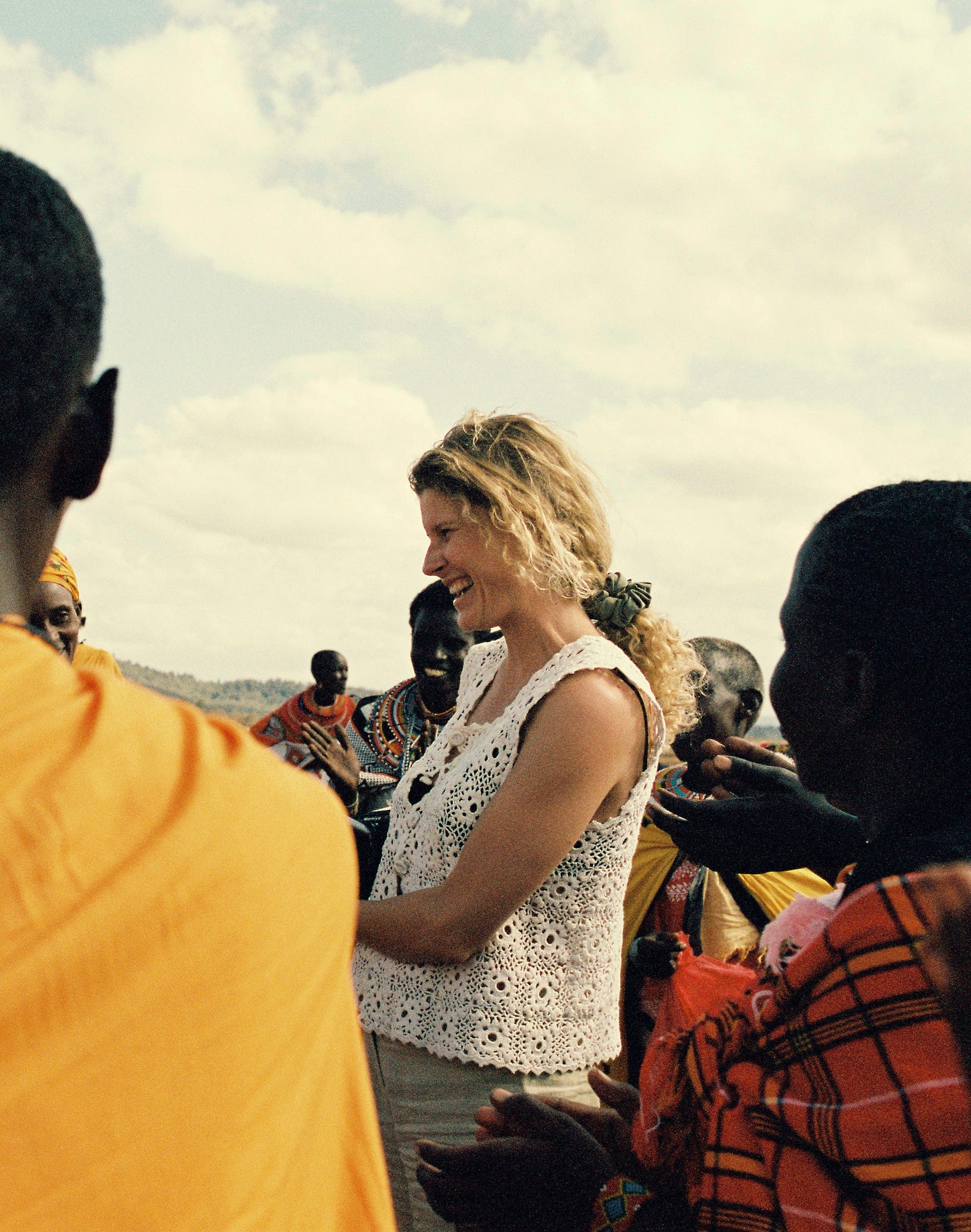
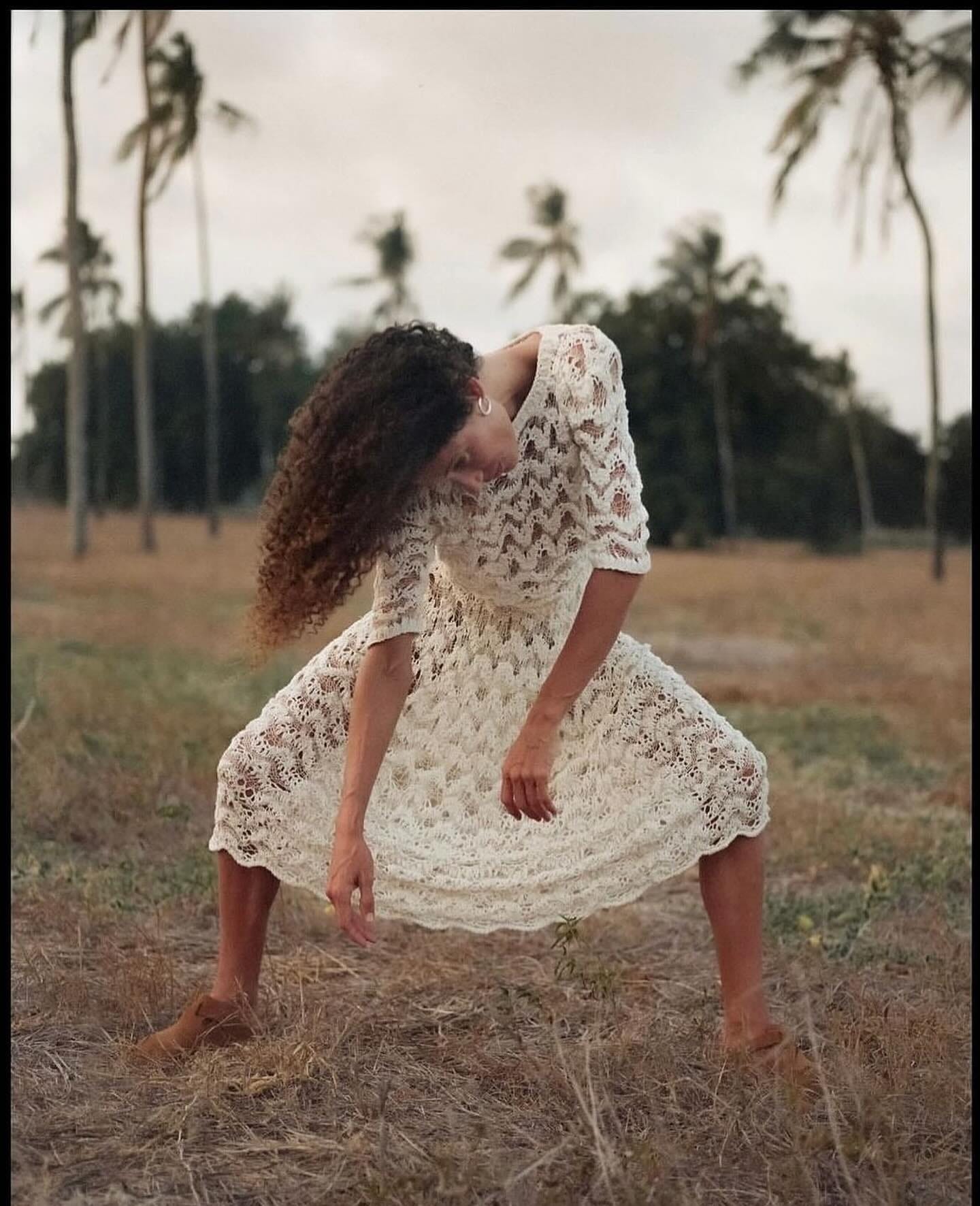



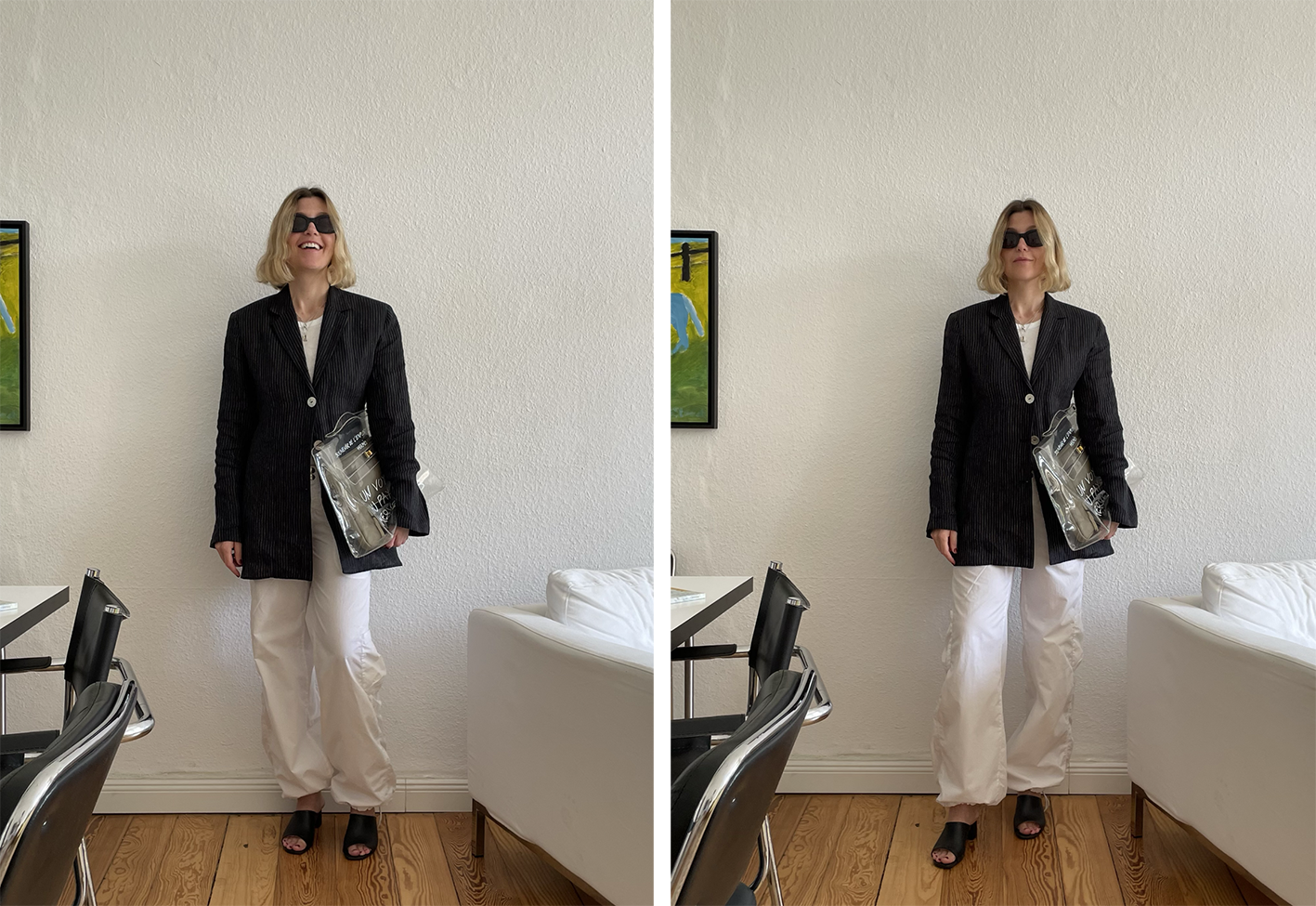


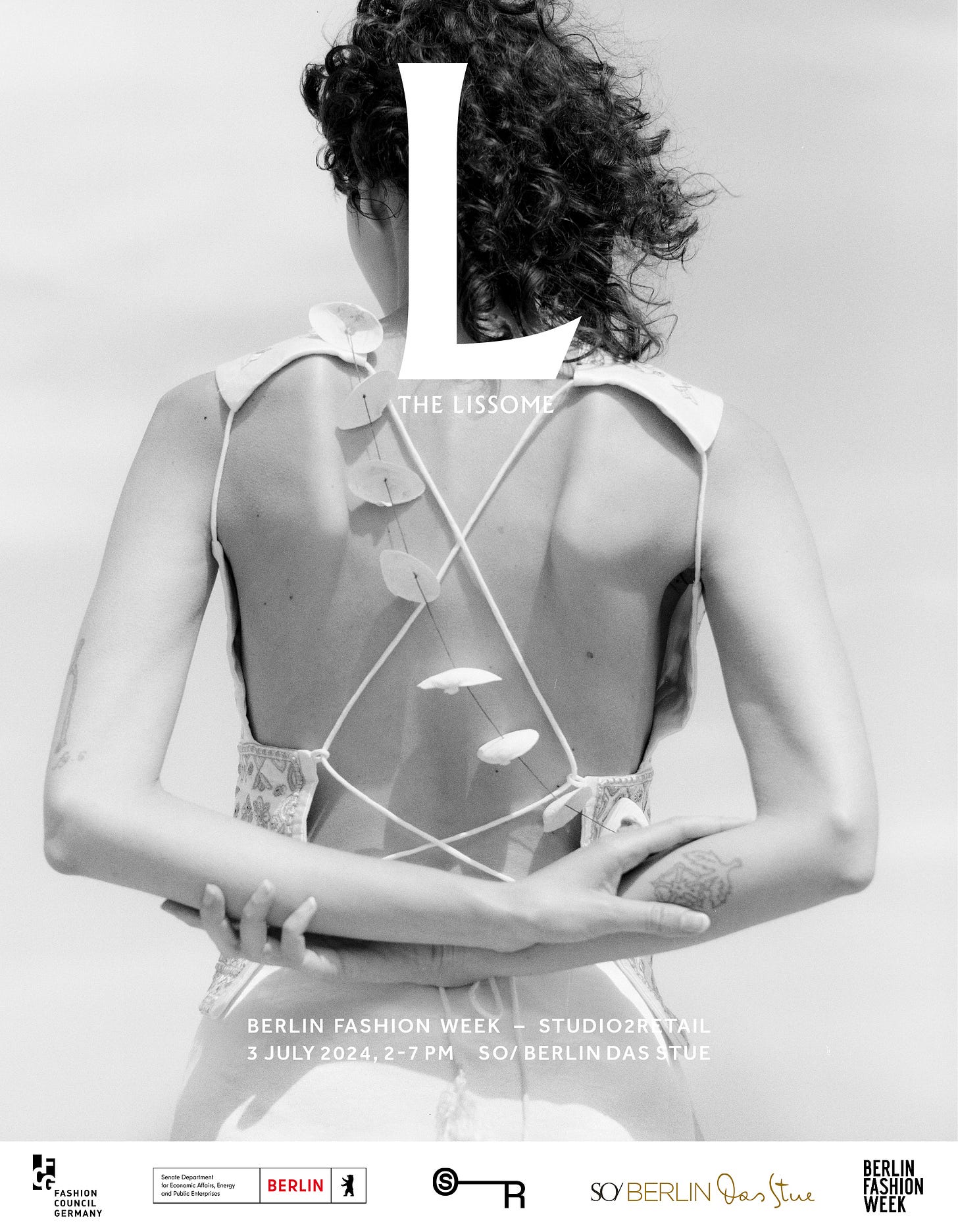

Thank you for your kind words and for having me! ♻️ Very excited for our event ❤️